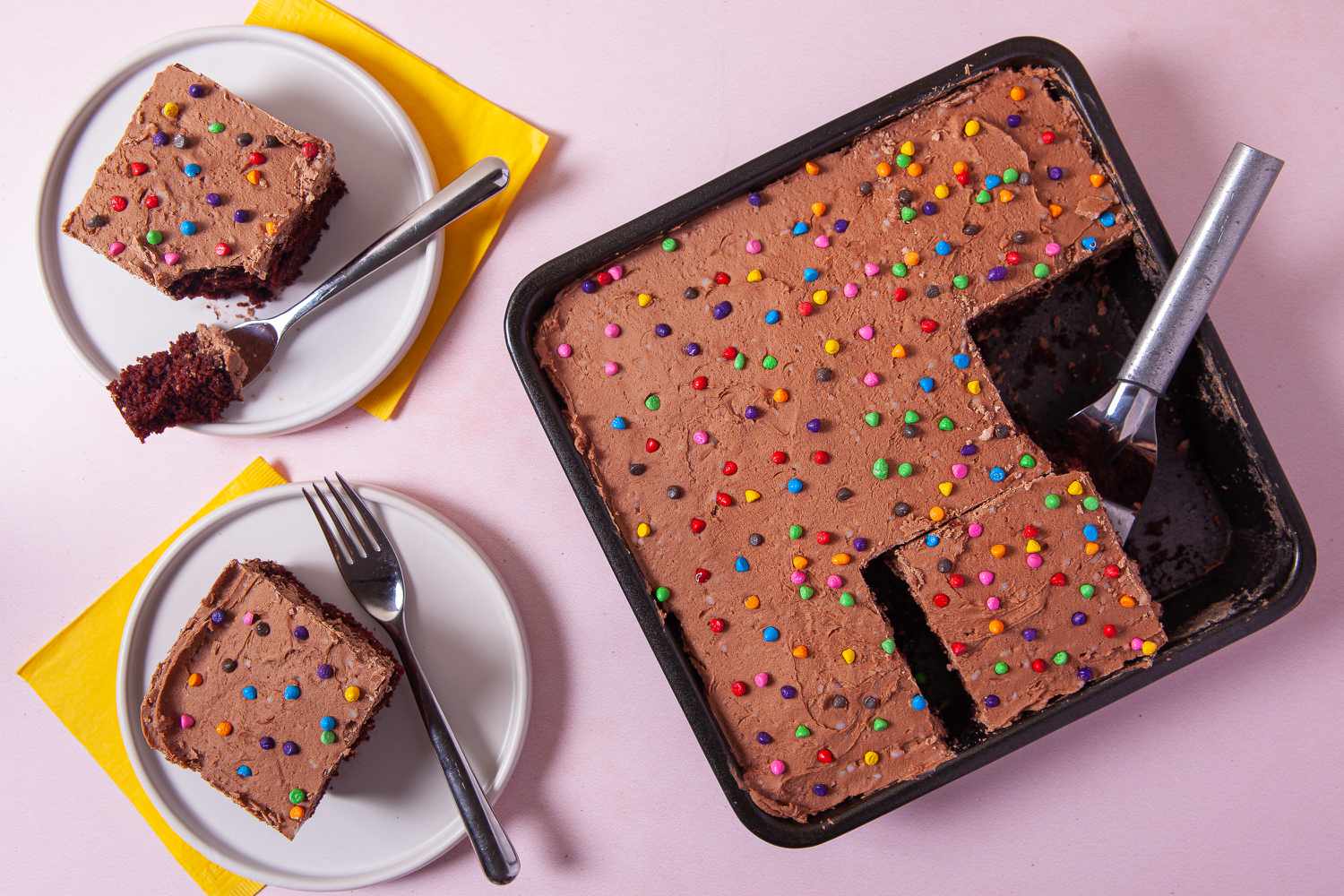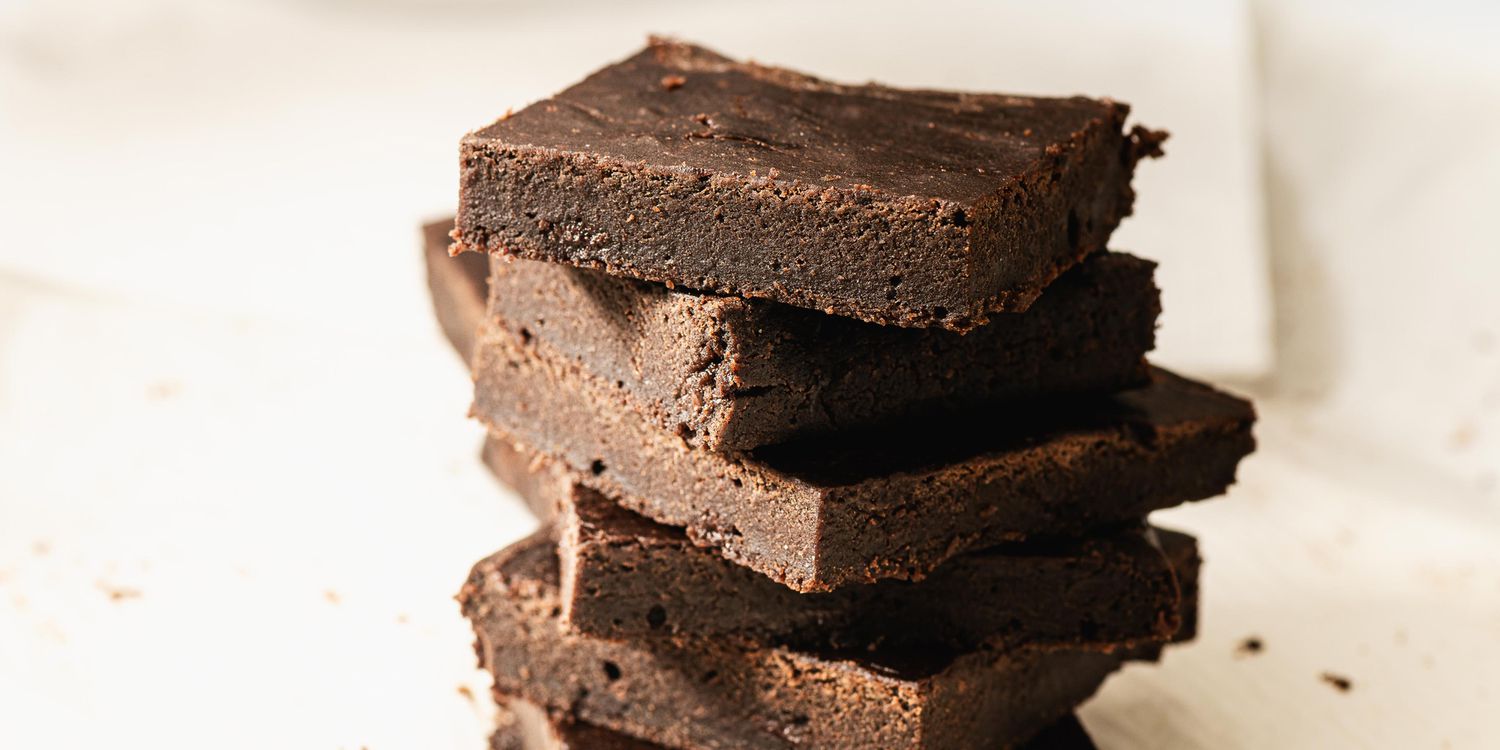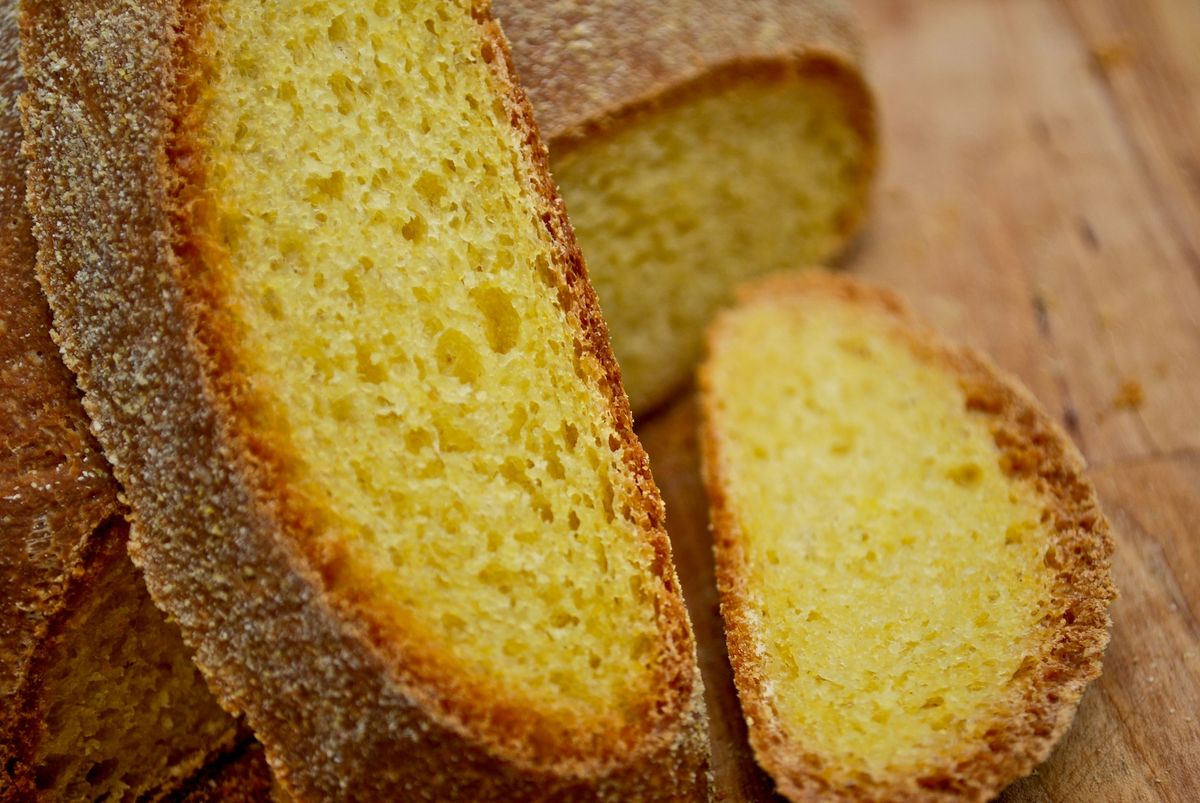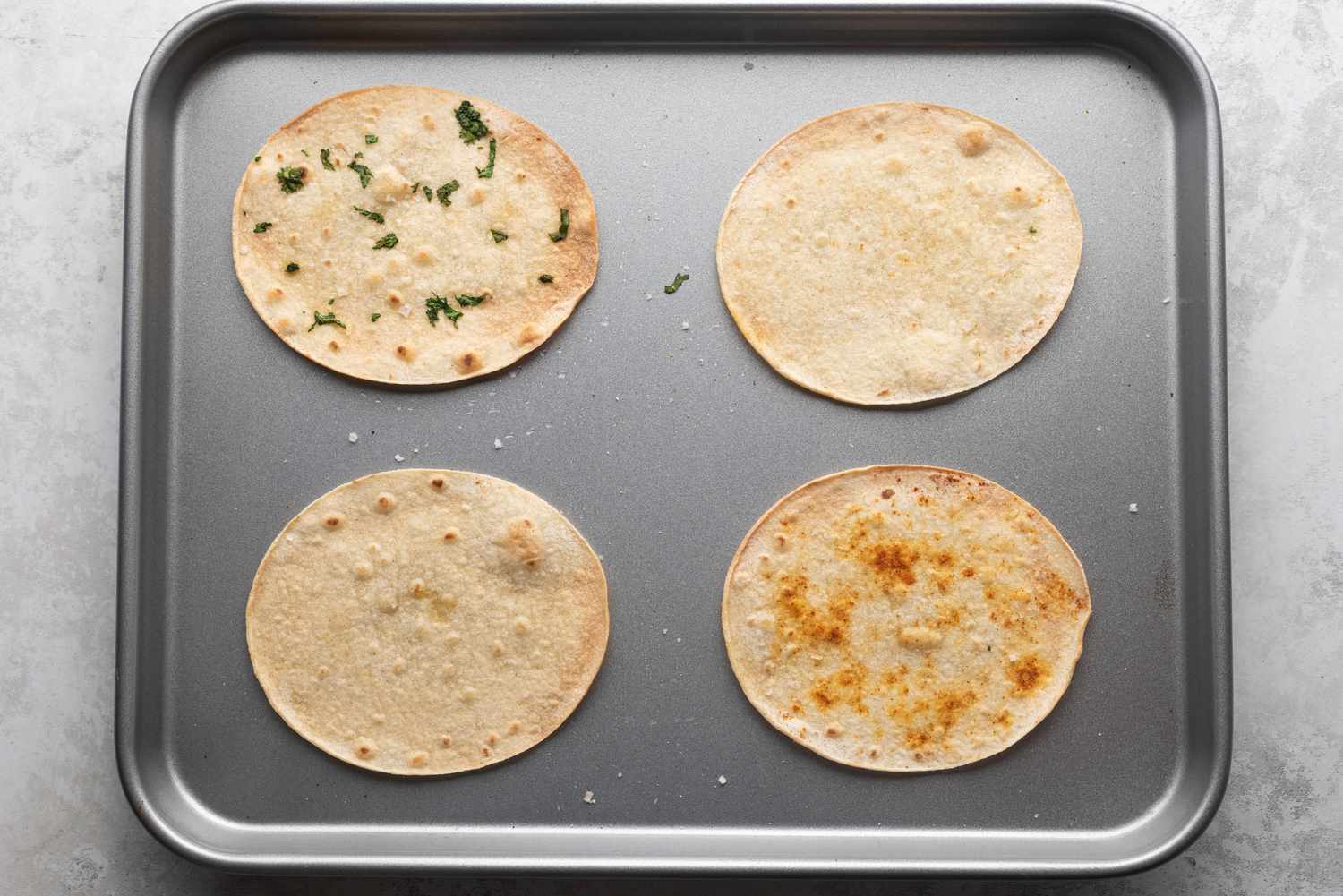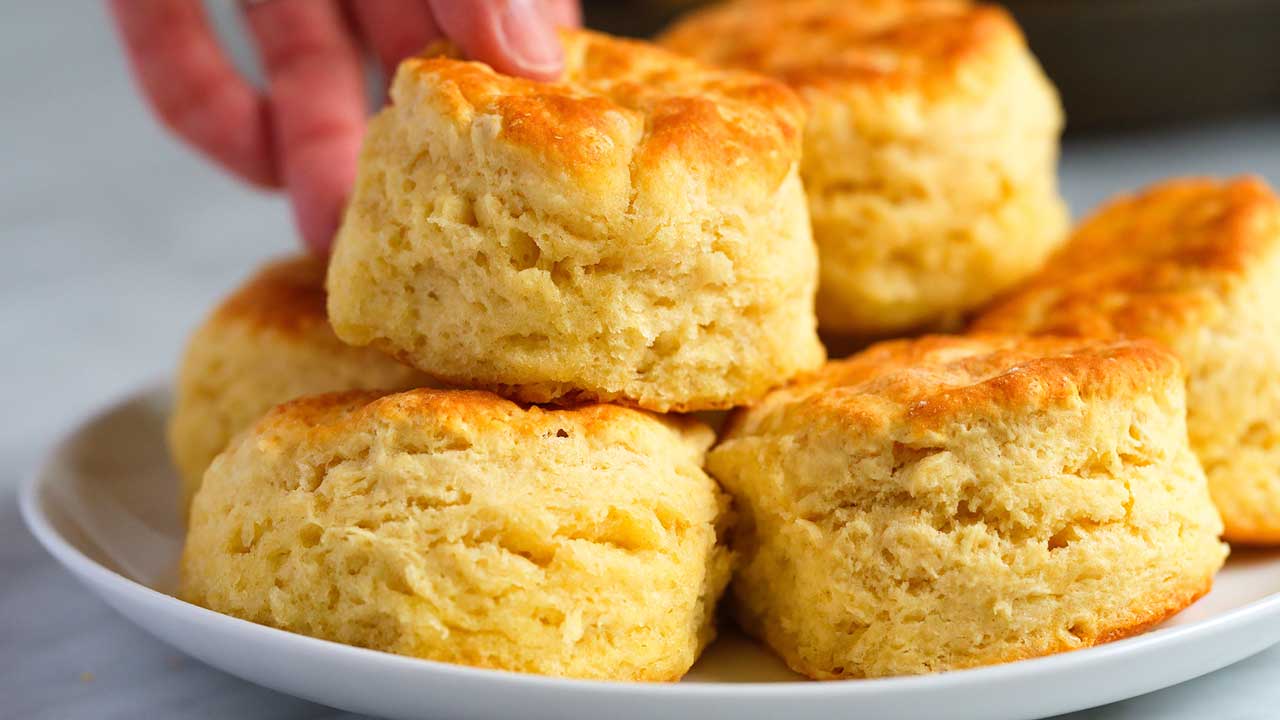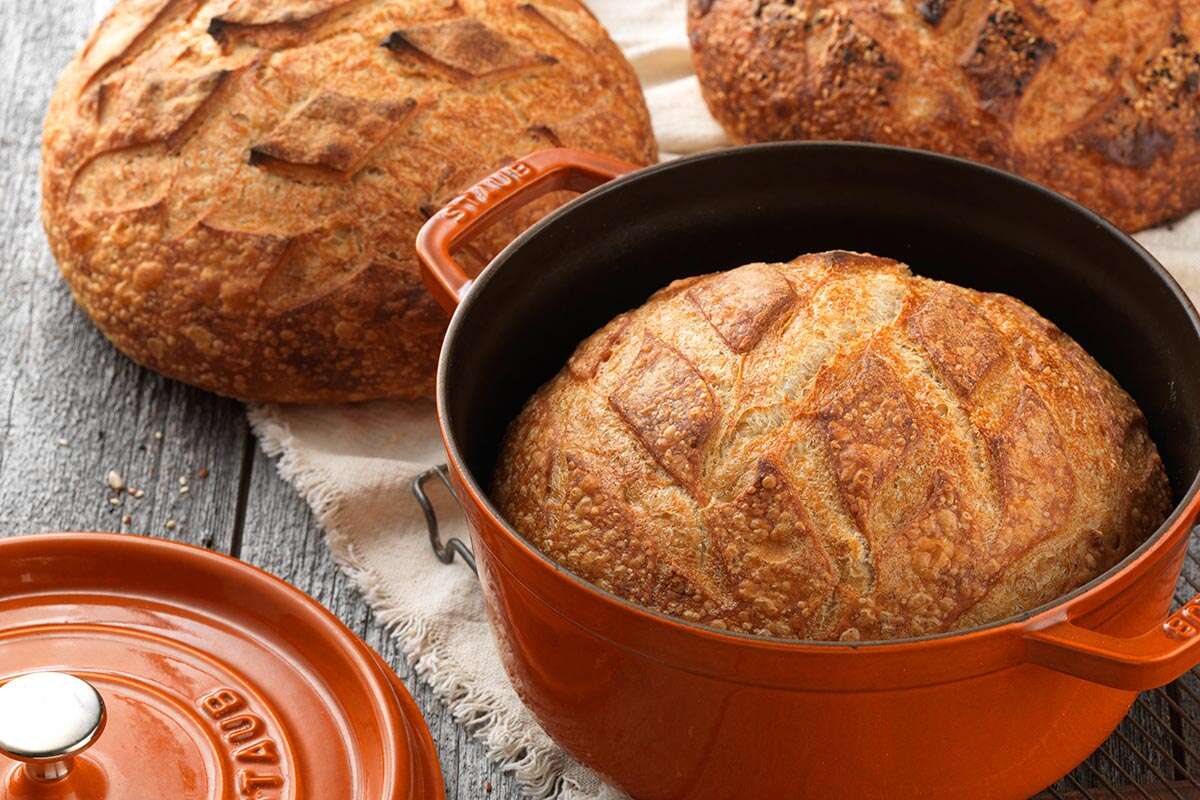Mastering the Art of Baking Light and Fluffy Bread By Hand
There’s nothing quite like the aroma of freshly baked bread wafting through the kitchen. The satisfaction of creating a loaf of bread from scratch by hand is unparalleled. However, many home bakers struggle with achieving the perfect light and airy texture in their bread. If you’ve ever been disappointed by a dense and heavy loaf, fear not! With a few simple tips and techniques, you can master the art of baking less dense bread by hand.
Choose the Right Flour
Selecting the right flour is crucial when it comes to baking light and fluffy bread. Look for high-protein bread flour, which will provide the necessary structure and elasticity to the dough. Avoid using all-purpose flour, as it has a lower protein content and may result in a denser loaf.
Activate the Yeast
Properly activating the yeast is essential for achieving a light and airy texture in your bread. Dissolve the yeast in warm water (around 110°F) and a pinch of sugar to kick-start the fermentation process. Let the mixture sit for a few minutes until it becomes frothy and bubbly. This indicates that the yeast is active and ready to be incorporated into the dough.
Knead with Purpose
Kneading the dough is where the magic happens. The gluten in the flour develops as you knead, creating a strong and elastic network that will trap the carbon dioxide produced by the yeast, resulting in a lighter texture. Use a technique called the “stretch and fold” method, where you stretch the dough out and then fold it back onto itself. Repeat this process until the dough becomes smooth and supple.
Give It Time to Rise
Allowing the dough to rise properly is crucial for achieving a light and airy crumb. After kneading, place the dough in a greased bowl, cover it with a kitchen towel, and let it rise in a warm, draft-free place until it has doubled in size. This process allows the yeast to produce carbon dioxide, which creates air pockets in the dough, resulting in a lighter texture.
Bake with Steam
Creating steam in the oven during the initial stages of baking can help the bread rise and develop a crisp, light crust. Place a pan of hot water on the bottom rack of the oven or spritz the dough with water before placing it in the oven. The steam will keep the dough moist and supple, allowing it to expand and rise to its full potential.
Practice Patience
Patience is key when it comes to baking light and fluffy bread. Rushing the process or cutting corners can result in a dense and heavy loaf. Take the time to follow each step carefully, from activating the yeast to allowing the dough to rise, and you’ll be rewarded with a beautifully light and airy loaf of bread.
By following these tips and techniques, you can elevate your bread-baking skills and achieve the perfect light and fluffy texture in every loaf. With a little practice and patience, you’ll be well on your way to becoming a master bread baker, delighting friends and family with your delicious creations.
Was this page helpful?
Read Next: How To Bake Stuffed Round Steak
